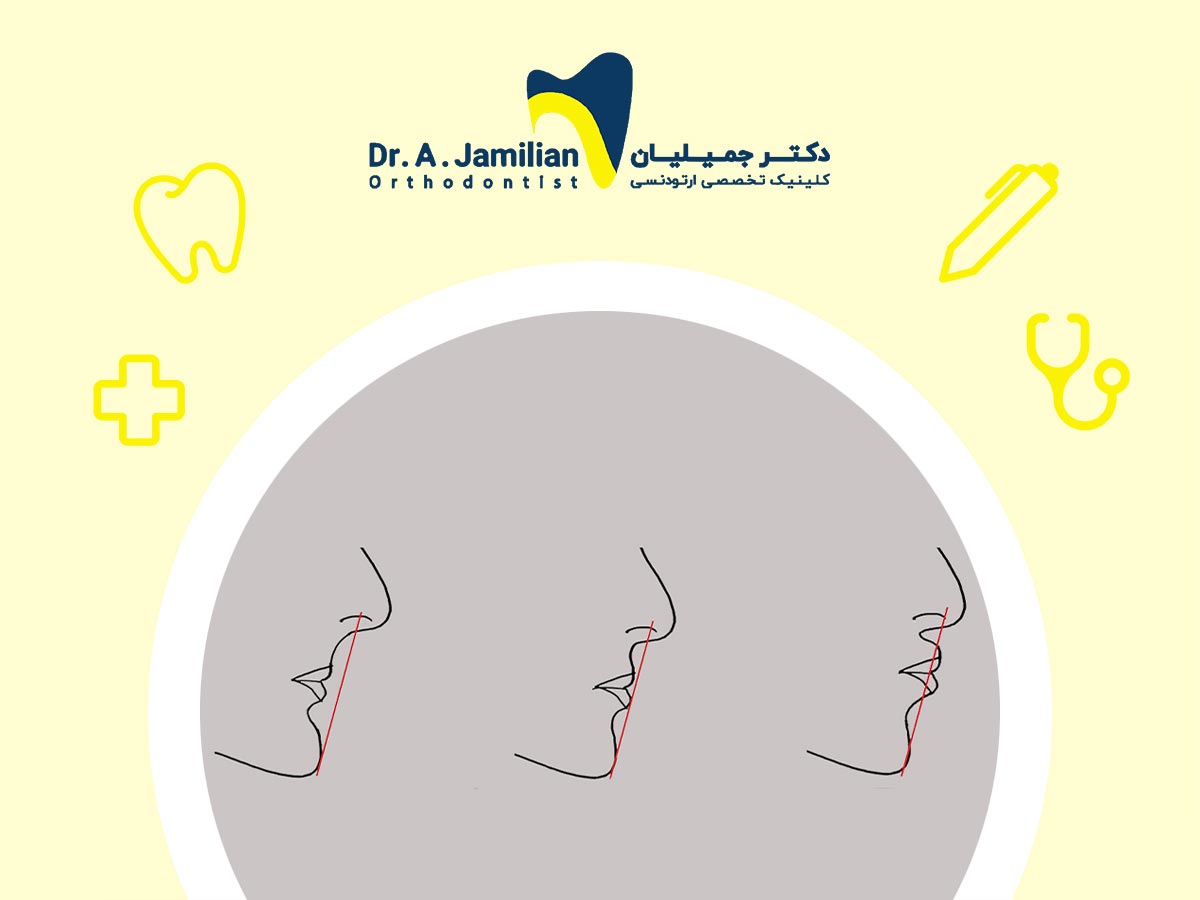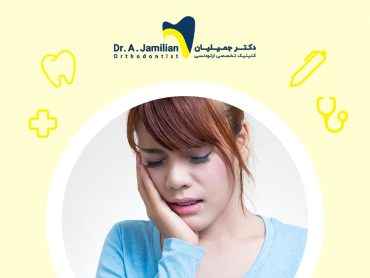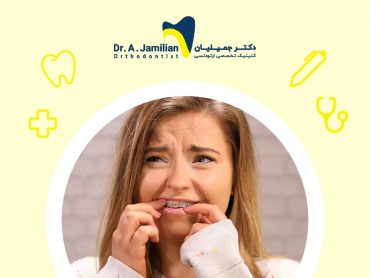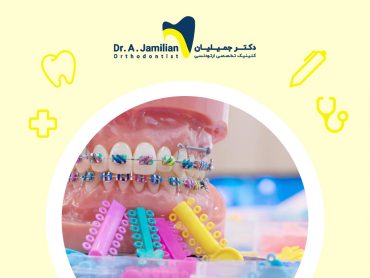One of the biggest goals of successful orthodontics is to be able to establish a balance between facial components and dental beauty. Therefore, an orthodontist mostly pays attention to how and to what extent the positions of lips and orthodontics are related. In fact, an orthodontist employs the cone beam computed tomography (CBCT), laser scanners, and structural stereophotogrammetry for 3D imaging of soft oral tissues. Although most of these tools have many advantages, using stereo cameras with slow shutter speed (e.g. 3DMD, DMDface, Atlanta, GA) to photograph the positions of lips satisfied both the orthodontist and the patients.
Effects of Lip Positions and Orthodontics on Beauty
Aesthetics is a Greek terminology meaning the concept of human beauty and attraction. In fact, beauty is a subjective phenomenon. Thus leading to each patient having a specific concept of beauty in mind. This leads a society to believe that thick lips look beautiful, whereas thin lips are preferred as the measure of beauty in another society. Factors such as age, gender, race, maturity, education, and culture can affect the aesthetic concepts of people. Nowadays, the positions of lips and orthodontics play significant roles in the dental treatment. Moreover, some therapeutic-orthodontic solutions such as the extraction premolars can cause changes in soft tissues of the face.
How Are the Positions of Lips Measured in Orthodontics?
Fortunately, advances in 3D imaging enable orthodontists to record digital images and measure all types of changes in the positions of soft tissues of the mouth at several points of time. Such advances in dental imaging allow orthodontists to analyze the position of lips and oral orthodontics more accurately. In 1968, Rickett introduced a value orthodontics reference called the E-line, which stretches from the tip of the nose to the tip of the chin. Orthodontists prefer that the lower and upper lips be nearly 3 mm and 5 mm away from the E-line.
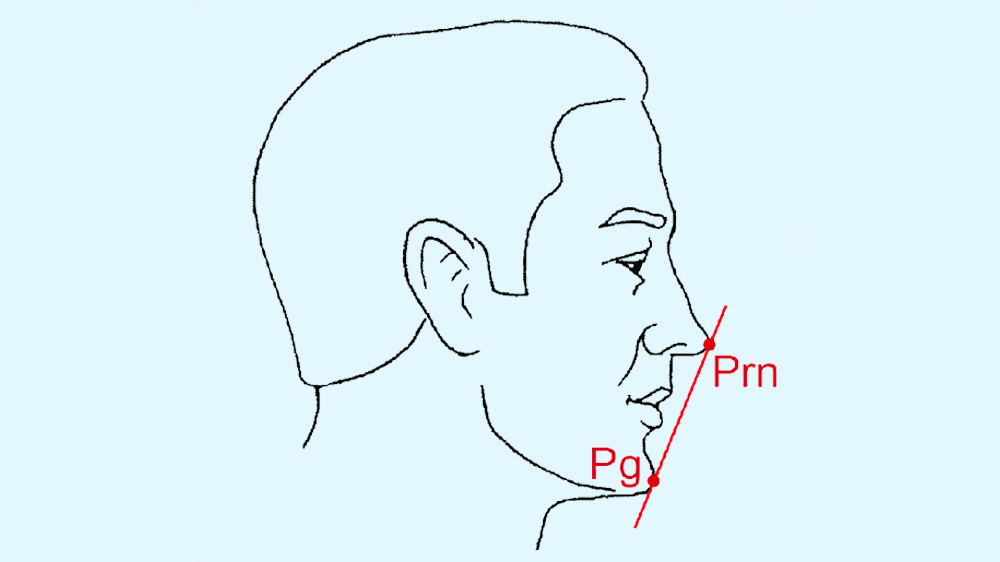
This is meant to make the therapeutic plan more transparent and allow both jaws and both lips to move in the best way possible. If a patient has a receding or protruding jaw, the forms of the lips are expected to be corrected in orthodontics. Moving one or both jaws, the orthodontist aligns the lips. In fact, orthodontists usually advise the patients with dental and bimaxillary deviation to first undergo an orthodontic operation before experiencing any plastic surgery such as rhinoplasty or lip prosthesis. The patients can then undergo other plastic surgeries after orthodontic modifications.
lips position and successful orthodontics FAQ
To answer these questions correctly, a clinical examination has to be performed by an orthodontist who is able to prescribe the right type of orthodontic appliances, the appropriate time for orthodontics, and the correct treatment method. The orthodontist also predicts the potential changes in soft tissues such as the lips.
Many patients are scared of orthodontic effects of the positions of their lips. You can consult with your orthodontist before undergoing orthodontics to know about the potential changes on your face. In growing patients, many changes are usually observed in the soft tissues of the face such as the lips after orthodontics.
Mostly, changes appear only in lips; however, the general shape and the soft tissue of the face may also change. However, this is with respect to the type of malocclusion in the patients who undergo orthodontic treatments and surgeries. Often, an orthodontist can predict facial changes by determining what problem (e.g. underbite, overbite, open bite, etc.) a patient has.
Orthodontic treatment is performed to standardize the facial components, the changes appearing on the soft tissue, and shape the patient’s lips positively. In other words, if a patient has protruding lips, they can be moved back by orthodontics, and if a patient has receding lips, they can be moved forward by orthodontics.
Age is a huge and effective factor in changes of the lips. In fact, the shape of lips can change with orthodontics at low ages and with orthodontics and maxillofacial surgery at higher ages.
Employing biomechanics, an experienced orthodontist can prevent changes in the lips. In fact, dentistry and orthodontics are considered artistic skills from which orthodontists benefit with respect to their experiences and competencies.
